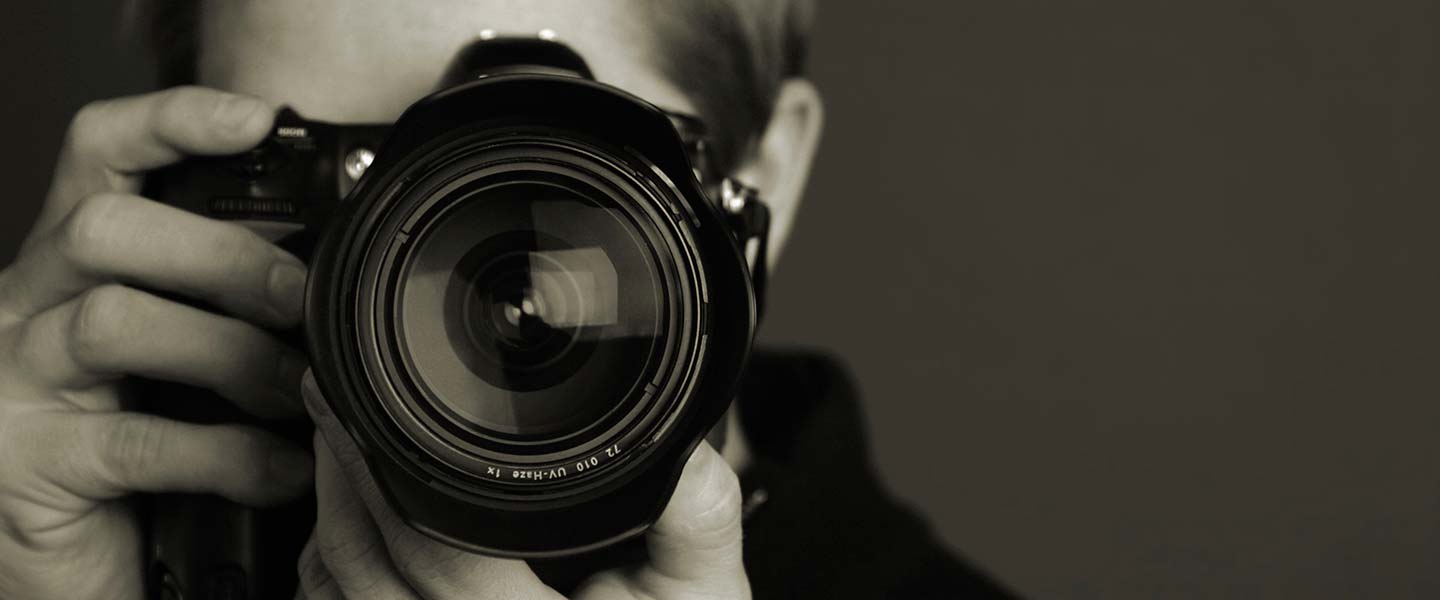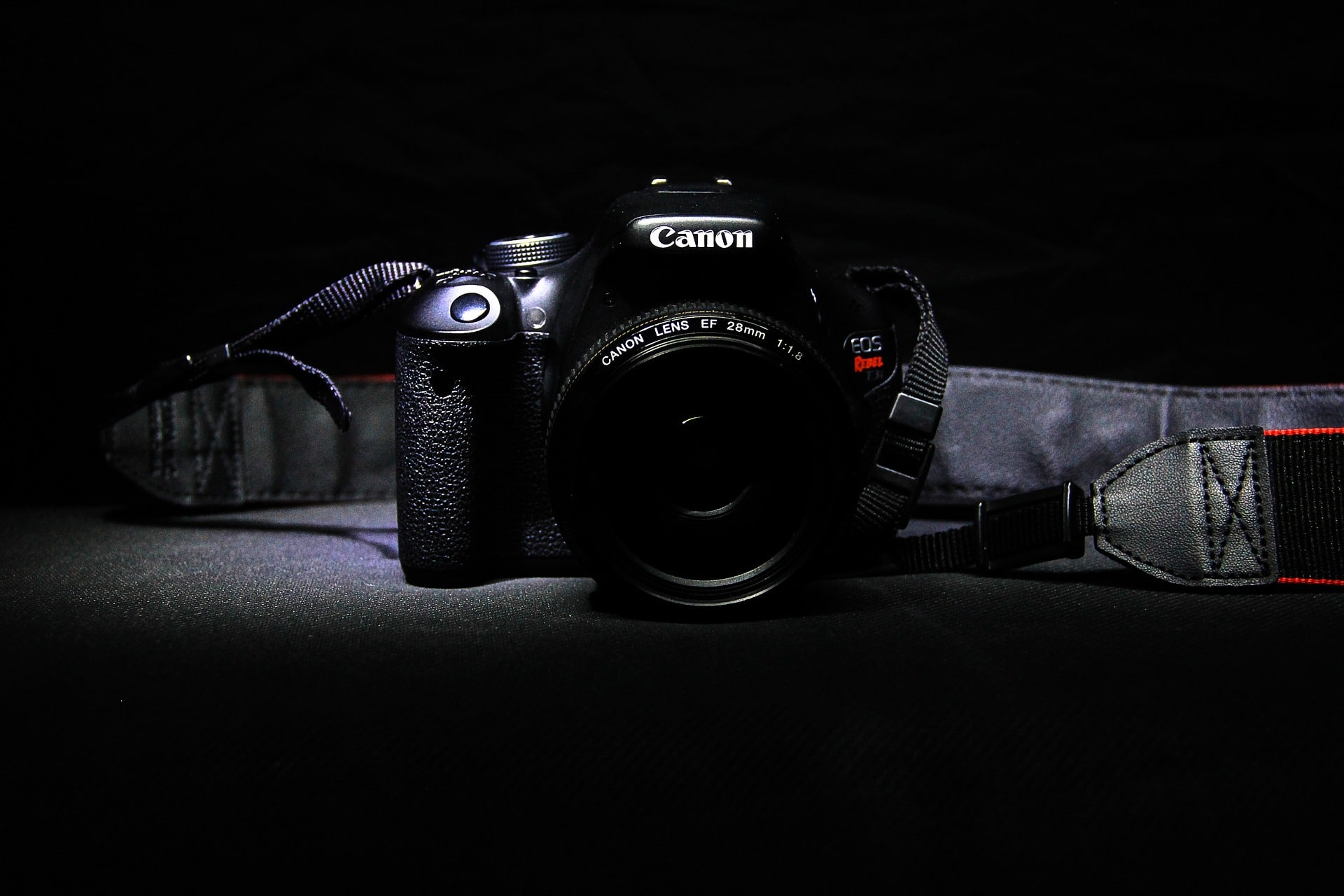Photography is a very appealing hobby for many, and a common one. Whether you are simply trying to get a better handle on your photography hobby or want to start a professional career, it is important to understand the basics of digital photography.
Types of Digital Cameras

Do you know which type of digital camera is right for you? There are two basic types of digital cameras, the first being the classic point and shoot digital camera. It is lightweight and compact, and this is an advantage for many. This type of digital camera is simpler and more mainstream. Although the photographer is not able to change the camera’s lens, it is still the most popular type of digital camera. The second type is the digital single lens reflex camera, more commonly known as DSLR. These digital cameras are bulky, their lens can be switched out to suit the situation or the photographer’s needs. The second type is significantly pricier than the point and shoot, but this type digital camera creates higher quality images and is the choice of professional and experienced photographers.
Dig that Camera Lingo
As it comes with any professional field, there is a certain set of jargon that is handy to learn and know as you begin to focus on starting a professional career in photography. This lingo, used by camera devotees or professional photographers, is mind-boggling at first experience, but once you can get used to it, it will be second nature.
Some such terms include shooting modes, with are presets that have been pre-programmed when shooting – enthusiasts and professionals pick the one that suits them best. As well, metering modes are a method used to measure an amount of light that is reflected by an object in a scene.
Shooting is another – it is simply taking a photo or a series of photos. DSLR digital cameras are more complex than their classic point and shoot counterparts and so there is a bit more lingo to learn!
Another term is histogram: this amplifies the color and the brightness in the form of a graphic, and the white balance is able to reflect how your camera measures color temperature in the photos. Photographers have a keen way of looking at the world, but their digital cameras need some help with this adjustment.
As well, something known as focal length is how much you zoom into an image in the photo – higher focal length means you have zoomed in quite a bit. The depth of field is also jargon used in the photography community. It tells a photographer the scope between the closest and the furthest object in the photograph.
Learning photography lingo is important because it is not just a way to educate yourself, but also to feel more in tune with the industry that you are working to break into.
Accessories
Depending on your own needs, the accessories that you purchase may differ from other photographers. Regardless you’re going to want to be prepared for anything. A camera bag, a strap for your digital camera, replacement lenses and flashes are all important digital camera accessories in their own right. As are the tripod and monopod, for keeping your camera steady to capture that perfect shot.
Also, filters are a key feature of digital cameras because they are able to limit light by blocking certain types of light; filters come in various kinds such as linear, neutral density, UV, or circular polarizers.
Customize your digital cameras to your needs and photographic style!
Always Follow Your Passion
However, if you are a beginner and holding your first digital camera, you may be deterred and want to quit. However, you should never give up on your passion! There may be much more to learn before you can become a professional, but you are well on your way and willing to turn your passion into a true talent.
Aside from primary area of interest and expertise in business consulting, Ian could be tagged also as a passionate sports fan, nature and photography enthusiast, always trying to keep up to date with tech innovations and development, with particular interest in trying to master the fine art of Social intelligence.





















































































































































































